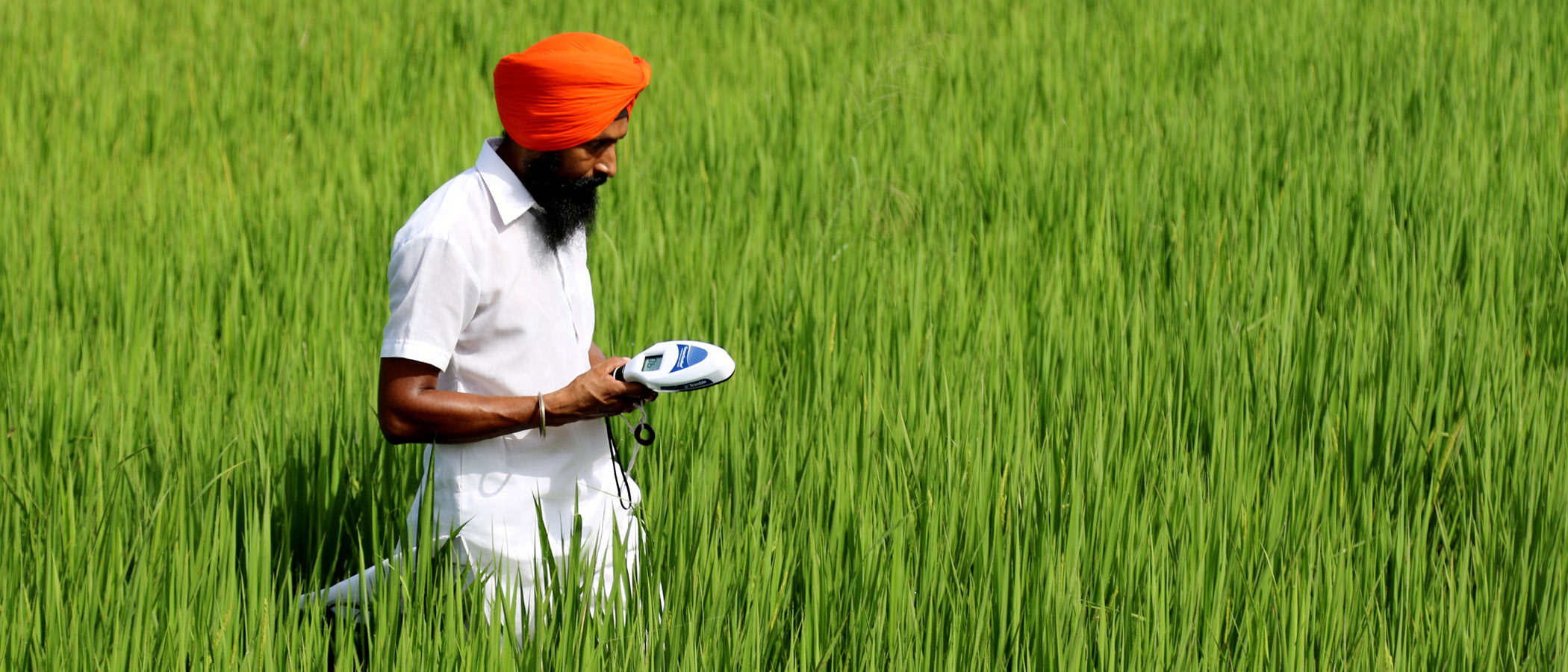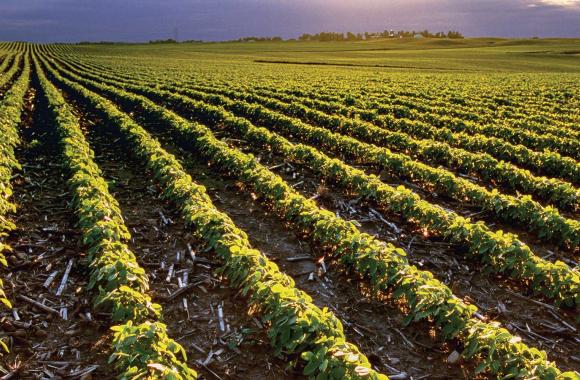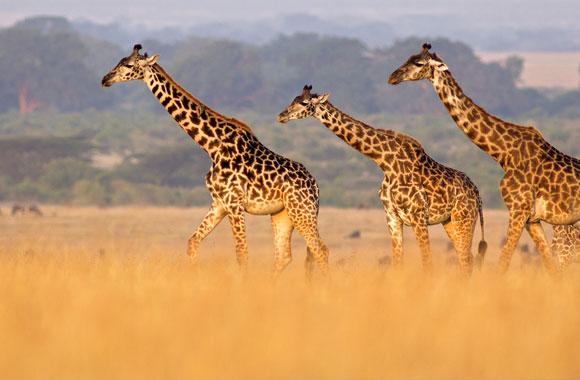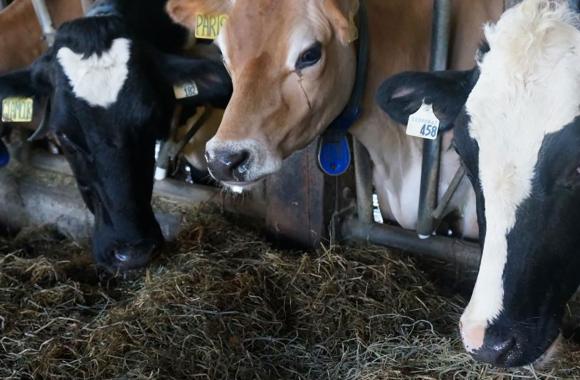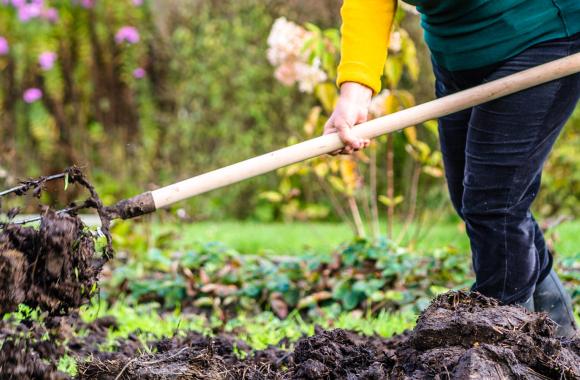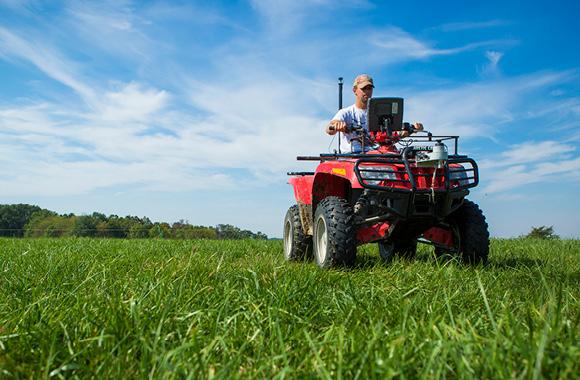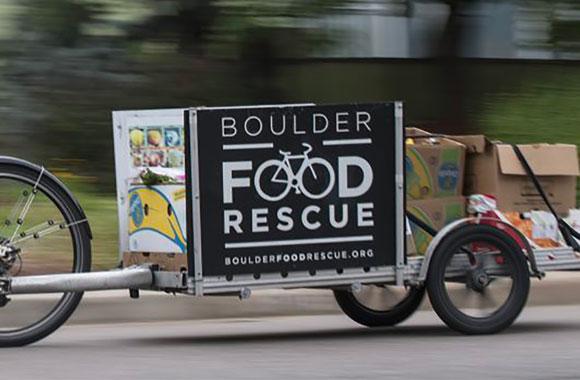System of Rice Intensification
The System of Rice Intensification (SRI) is a holistic approach to sustainable rice cultivation. By minimizing water use and alternating wet and dry conditions, it minimizes methane production and emissions.
Reduced/Sequestered
2020–2050
To Implement
Operational Savings
Impact
The System of Rice Intensification (SRI) has much higher yield benefits than improved rice production. We calculate that SRI can expand from 6.7 million hectares to 40.21–52.00 million hectares by 2050, avoiding 2.90–4.44 gigatons of carbon dioxide equivalent emissions over 30 years while producing more rice. This could earn farmers an additional $571.80–814.43 billion in profit and provide a lifetime net operational savings of US$11.24–15.89 billion.
Introduction
Rice is a staple food for billions of people. Its cultivation is responsible for a significant portion of agricultural greenhouse gas emissions, including methane emissions. That is because flooded rice paddies are ideal environments for methane-producing microbes.
Project Drawdown’s System of Rice Intensification (SRI) solution involves adopting a rice production technique that uses minimal water during the initial stage and alternates wetting and drying during the later stage to increase yield gain and reduce emissions. This practice replaces conventional paddy rice production on smallholdings.
SRI emerged in Madagascar in the 1980s and has become widespread among smallholders, particularly in Asia. It reduces water consumption and methane emissions, improves soil and root systems, and increases nutrient availability and holding capacity of the soil. Thus, less external fertilizer is required, which in turn reduces the emissions associated with the inefficient use of nitrogen fertilizers.
Practiced by millions of farmers around the world, SRI yields 50–100 percent more than conventional rice production. Seed use drops 80–90 percent and water inputs, 25–50 percent. Labor requirements also are lower. Farm incomes can double as methane emissions drop and soils sequester carbon. The increased yield could also reduce land clearing for rice cultivation and associated emissions.
SRI has spread rapidly via farmer-to-farmer networks. It is currently limited to smallholder rice areas, and adoption should be a high mitigation priority in those areas.
Methodology
Total Land Area
To evaluate the extent to which a Food, Agriculture, and Land Use sector solution can reduce greenhouse gas emissions and sequester carbon, we need to identify the total land area available for that solution in millions of hectares. To avoid double counting, we use an integration model that allocates land area among all Food, Agriculture, and Land Use sector solutions. This involves two steps. First, we classify the global land area into agro-ecological zones (AEZs) based on the land cover, soil quality, and slope and assign AEZs to different thermal moisture regimes. We then classify the AEZs into “degraded” and “nondegraded.” Finally, we allocate the solutions to AEZs, with the solution most suited to a given AEZ or sets of AEZs assigned first, followed by the second-most-suited solution, and so on. Because it’s hard to predict future changes, we assume the total land area remains constant.
Total available land for the System of Rice Intensification solution is 52 million hectares, the total area of smallholder rice production. Current adoption (the amount of functional demand supplied in 2014) is 6.8 million hectares (Uphoff, 2006).
Adoption Scenarios
We developed seven custom adoption scenarios based on SRI growth trends found for China, India, and Indonesia (SRI-Rice International Network and Resource center). Some scenarios include early adoption (i.e., adoption on 100 percent of allocated land by 2030).
We calculated impacts of increased adoption of SRI from 2020 to 2050 by comparing two scenarios with a reference scenario in which the market share was fixed at current levels.
- Scenario 1: SRI adoption is adopted on 40.21 million hectares by 2050 (77 percent of the total available land area).
- Scenario 2: SRI is adopted on 52.00 million hectares by 2050 (100 percent of the total available land area).
Emissions, Sequestration, and Yield Model
We set emissions reductions at 2.0 metric tons of carbon dioxide equivalent per hectare per year, based on five data points from four sources. We set sequestration rates at 0.29 metric tons of carbon per hectare per year, based on three data points from two sources.
We set yield gains over business-as-usual annual cropping at 35.2 percent, based on meta-analysis of 41 data points from nine sources.
Financial Model
All monetary values are presented in 2014 US$.
First costs are US$0 per hectare because agriculture is already in place on the land. We calculated net profit per hectare at US$1,039.14 per year for the solution (based on meta-analysis of nine data points from six sources), compared with US$449.16 per year for the conventional practice (based on 33 data points from 16 sources). We calculated the operational cost at US$642.95 per hectare per year for the solution (based on 10 data points from six sources), compared with US$655.86 per year for the conventional practice (based on the 28 data points from 13 sources).
Integration
Drawdown’s Agro-Ecological Zone model allocates current and projected adoption of solutions to the planet’s forest, grassland, rain-fed cropland, and irrigated cropland areas. The System of Rice Intensification solution was the highest priority for cropland due to yield increases and limited extent of rice cultivation in the world.
Results
Scenario 1 reduces emissions by 2.90 gigatons of carbon dioxide equivalent by 2050. The net first cost to implement is US$0. Lifetime net profit is US$571.80 billion, and lifetime net operational savings are US$11.24 billion.
Scenario 2 reduces greenhouse gas emissions by 4.44 gigatons of carbon dioxide-equivalent by 2050. The net first cost to implement is US$0. Lifetime net profit is US$814.43 billion, and lifetime net operational savings are US$15.89 billion.
Discussion
Benchmarks
The Intergovernmental Panel on Climate Change (Smith et al., 2008) estimated emissions reduction of 0.2 gigatons of carbon dioxide equivalent per year by 2030 for rice management. Griscom et al. (2017) calculated 0.08–0.26 gigatons of carbon dioxide equivalent per year in 2030.
Limitations
This study could be improved by obtaining additional data points on emissions reduction and carbon sequestration in SRI systems.
Conclusions
Rice is a staple crop of critical importance, particularly in Asia. Rice production is currently a major contributor of methane. Fortunately, low-methane rice production systems, including SRI, are ready to be scaled up. Wide adoption of these practices can have a significant impact on climate change mitigation. SRI yield gains more than compensate for the minor yield losses under Project Drawdown's Improved Rice Production solution. Wherever smallholders produce rice, this solution should be closely considered for broad-scale adoption.
References
Griscolm, B. W., Adams, J., Ellis, P. W., Lomax, G., Miteva, D. A., Schlesinger, W. H., Shock, D., Siikamäki, J. V., Smith, P., Woodbury, P., Zganjar, C., Blackman, A., Campari, J., Conant, R. T., Delgado, C., Elias, P., Gopalakrishna, T., Hamsik, M. R., Herrero, M., Kiesecker, J., Landis, E., Laestadius, L., Leavitt, S. M., Minnemeyer, S., Polasky, S., Potapov, P., Putz, F. E., Sanderman, G., Silvius, M., Wollenberg, E., Fargione, J. (2017). Natural Cliamte Solutions. Proceedings of the National Academy of Sciences, 114(44) 11645-11650. DOI: 10.1073/pnas.1710465114
Smith, P., Martino, D., Cai, Z., Gwary, D., Janzen, H., Kumar, P., McCarl, B., Ogle, S., O’Mara, F., Rice, C., Scholes, B., Sirotenko, O., Howden, M., McAllister, T., Pan, G., Romanenkov, V., Schneider, U., Towprayoon, S., Wattenbach, M., and Smith, J. (2008). Greenhouse gas mitigation in agriculture. Philosophical Transactions of the Royal Society B: Biological Sciences 363 (1492), pp 789-813. DOI: 10.1098/rstb.2007.2184
Uphoff, N. (2006, October). Increasing water savings while raising rice yields with the system of rice intensification (SRI) [Panel Notes}. Science, technology, and trade for peace and prosperity. Proceedings of 26th International Rice Research Congress. Accessed at https://www.researchgate.net/publication/265821855_INCREASING_WATER_SAVINGS_WHILE_RAISING_RICE_YIELDS_WITH_THE_SYSTEM_OF_RICE_INTENSIFICATION_SRI
What You Can Do
Share this drawdown solution with a development organization.
Learn more about how methane contributes to climate change and explore ways that you and your community can help alleviate the burden.
- Expand your knowledge by exploring another Drawdown solution.
Co-benefits
Improving rice production increases rice yield and income for farmers.
More rice means more food security.

